Insulating a pellet stove pipe can prevent the outside from becoming too hot. We have researched information regarding the importance of insulating the pipes and the steps of installing a pellet stove through a chimney, and other alternative insulation for your pellet stove pipe.
To insulate a pellet stove pipe, you can install it through the chimney liner:
- Inspect the chimney
- Install a chimney liner
- Secure chimney adapter for pellet stove pipe
Or, you can insulate a pellet stove pipe by installing it through fiberglass:
- Cut the aluminum flashing
- Press aluminum flashing
- Seal the gaps between the aluminum flashing and the flue
- Build an insulation dam and wrap your dam around the flue pipe
Insulating pellet stove pipes can prevent fire and health hazards. If you wish to find out more information about the insulation of stove pipes through chimney liners and fiberglass, continue reading!
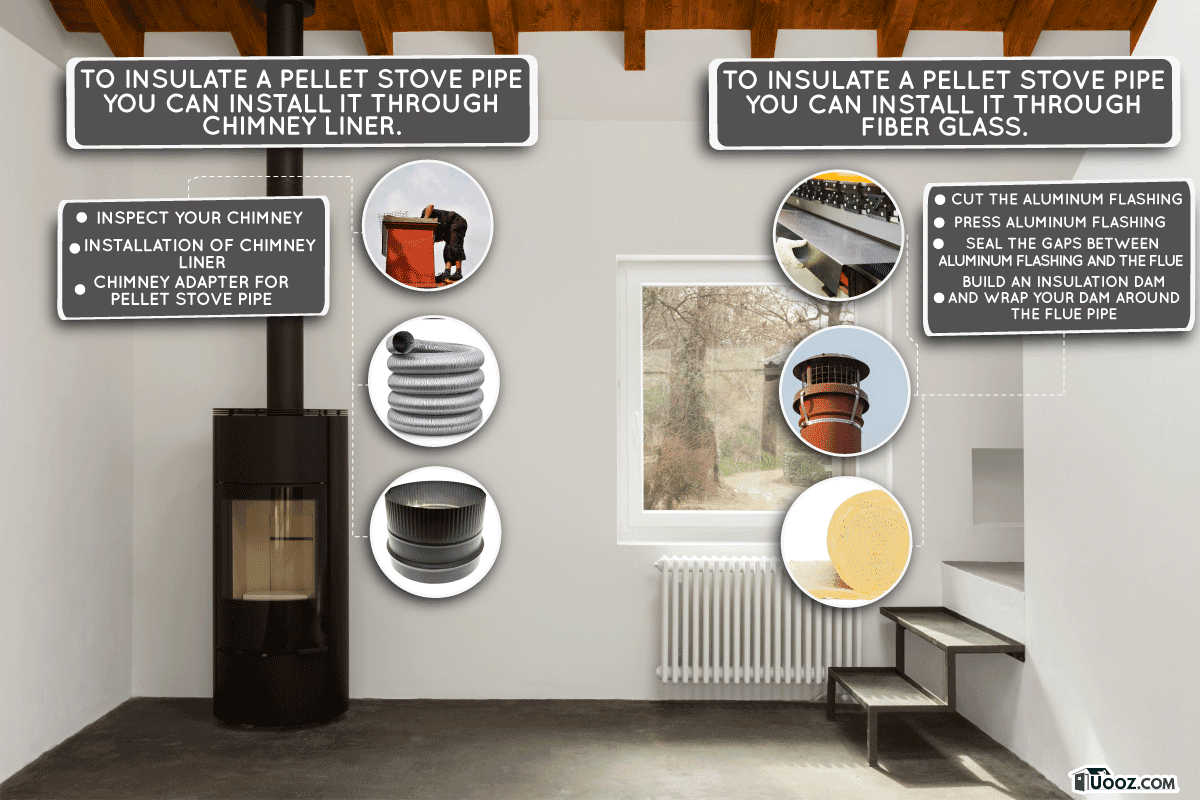
Insulate A Pellet Stove Through The Chimney
A pipe must be used for exterior venting when using a pellet stove. As long as it satisfies the standards, chimney pipe can be used to insulate pipes. The pipe must have two walls, one of which must be stainless steel. In order to prevent carbon monoxide and other exhaust from leaking into the house, it must also be sealed at the joints.
Inspect Your Chimney
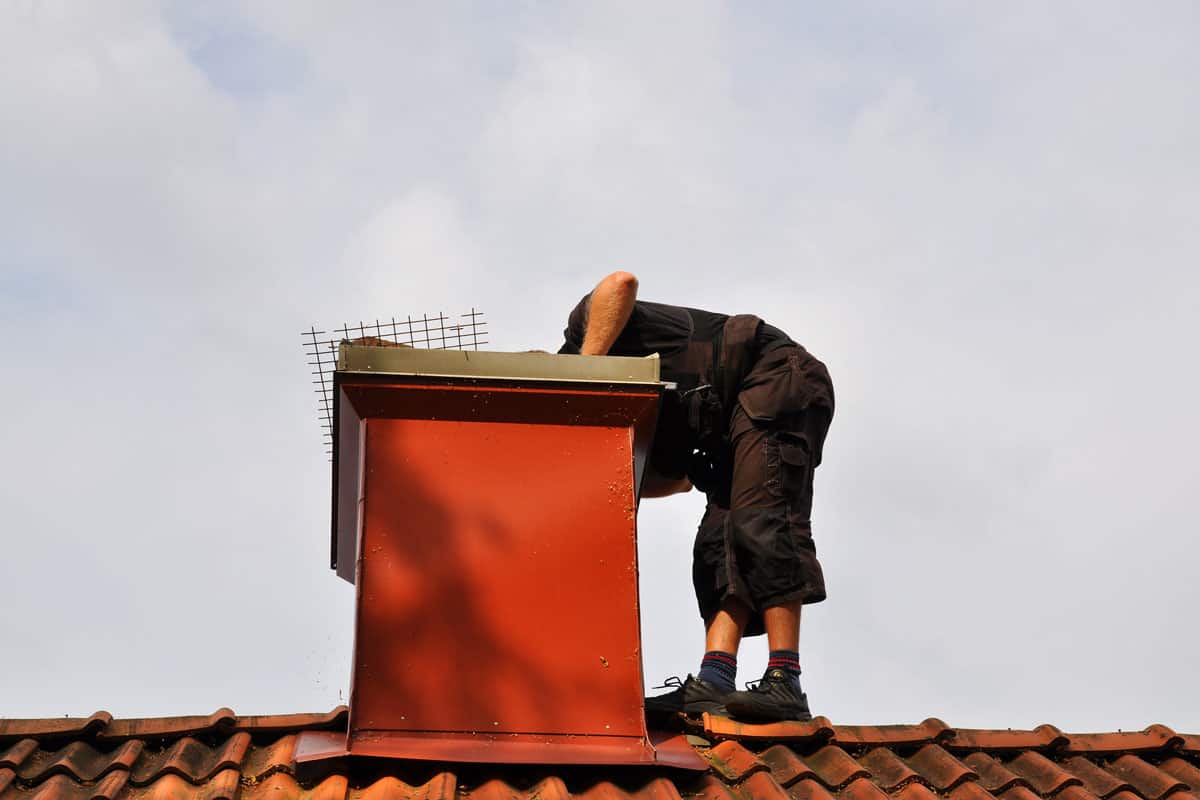
Your chimney needs to be inspected first; hire a chimney inspector to check the inside for excessive creosote buildup and structural flaws. Before continuing with the pellet stove installation, any problems must be resolved.
Even though it is not necessary, contact a fire marshal to find out if installing a pellet stove is subject to mandatory inspection or permission requirements.
Install A Chimney Liner
To install a pellet stove pipe, you will need a chimney liner. This is a metal tube with a connection to the pellet stove at one end that extends through the chimney and above the roof with appropriate clearance. Typically, a chimney adapter for pellet stoves is used.
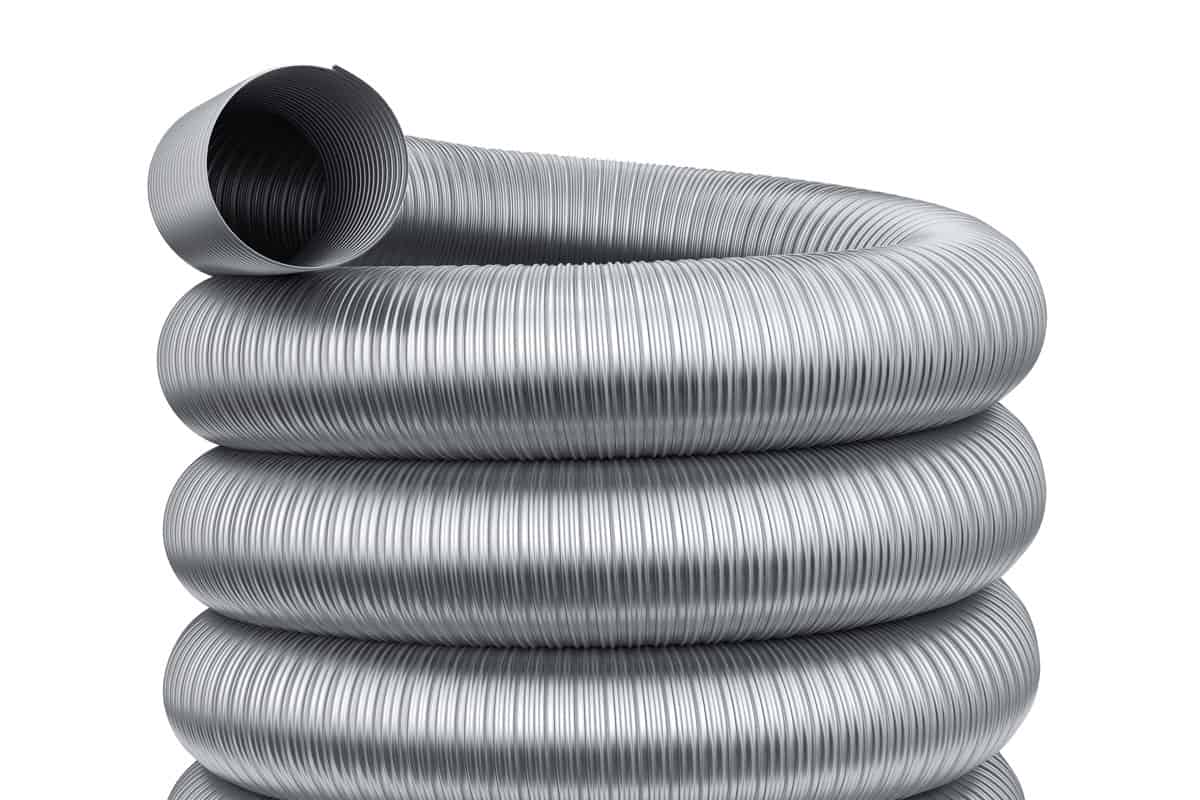
The installation of a chimney liner, which is a tube constructed of clay, metal, or ceramic material, has three primary objectives.
- To keep combustion products contained.
- To lead them outside safely.
- To prevent the chimney's walls from corrosion and heat.
Check out this Chimney Liner on Amazon.
To keep air moving up the chimney and stop hazardous creosote accumulation, a half-inch layer of insulation will also be put around the chimney liner. After wrapping the liner, a professional will ascend to the roof and feed it into the chimney. Once properly positioned, the liner will be protected from the weather by a cover and secured by a top plate.
Secure Chimney Adapter For Pellet Stove Pipe
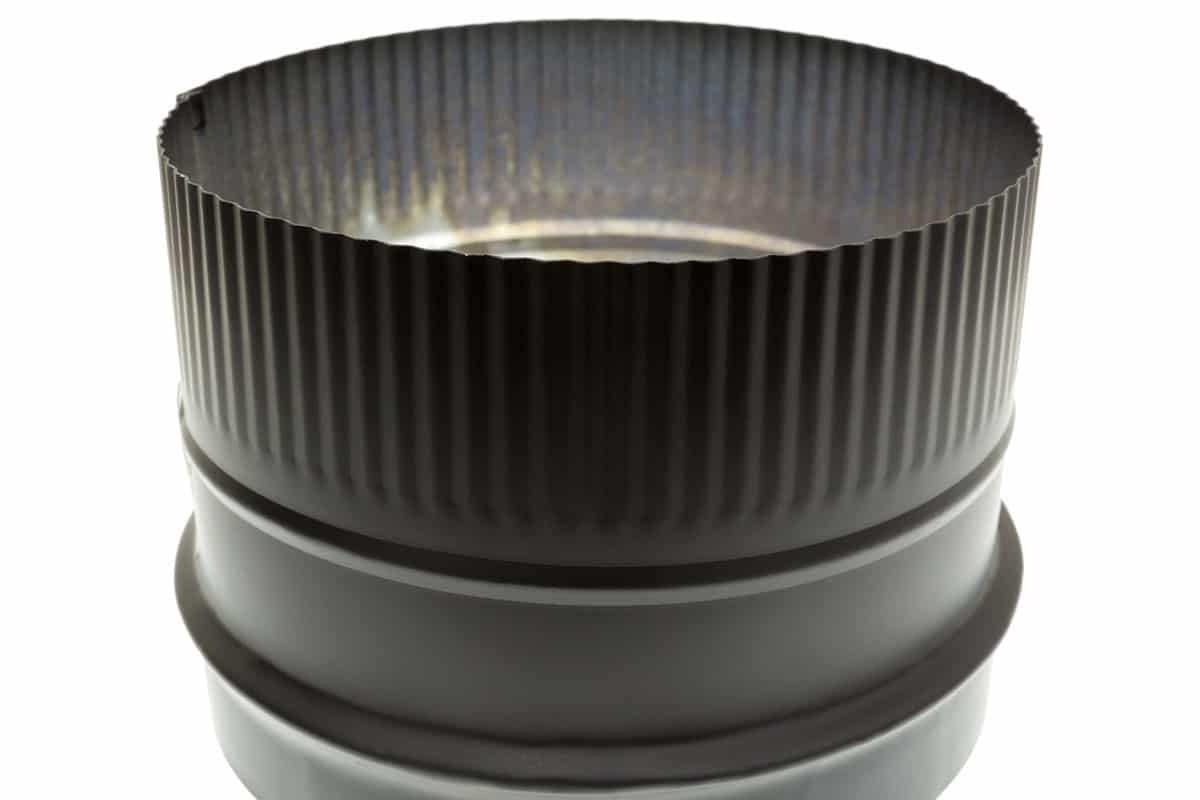
An adapter will be secured with a fire seal and fastened onto the end of the liner inside by the fireplace. Your contractor will then relocate the pellet stove in front of the fireplace.
Due to the heat and potential health risks of the pellet stove, it is crucial to ensure that everything is connected tightly and sealed properly to avoid creosote from falling into the stove and causing a fire, as well as to prevent health hazards. By consulting the owner's manual that came with your pellet stove, you can confirm the suggested clearances.
An Insulating Alternative To Chimneys: Fiberglass
The other alternative to insulating your pellet stove pipe is through fiberglass pipe insulation.
Steps to Insulate Pellet Stove Pipe Using Fiberglass
The aluminum flashing must first be cut; for instance, if your vent is cylindrical, cut it into two half-circles that overlap three inches in the center. For other vent shapes, it must fit around your flue, simply cut the aluminum flashing to the appropriate size.
You can check this Aluminum Flashing on Amazon.
Before stapling or nailing the aluminum flashing into position, it must be pressed into the caulk bead of a heat-resistant caulk. If there is no wood to nail or staple into, you can press the aluminum flashing on the drywall without going through the drywall.
High-temperature caulk should be used to fill the area between the aluminum flashing and the flue. Because foam spraying is not the ideal answer for this, it is not essential.
Make an insulation dam to keep the fiberglass insulation away from the flue pipe's surface. Last but not least, secure the bottom edge of the dam by stapling or nailing through the tilting tabs after wrapping it over the flue pipe.
Insulate Pellet Stove Pipe Using Fiberglass
You must allow a gap of one inch (2.5 cm) or more between the fiberglass insulation and the pipe leading from your furnace's exhaust to the outside of your home. If there is a chimney, there should be a two-inch gap.
You can check this Fiberglass Insulation on Amazon.
Next, use an aluminum flashing and heat-resistant caulk to seal the gap. Before replacing your insulation, you should also construct a metal dam. By doing this, the fiberglass is kept off the frequently heated flue pipe.
Fiberglass Insulation Materials
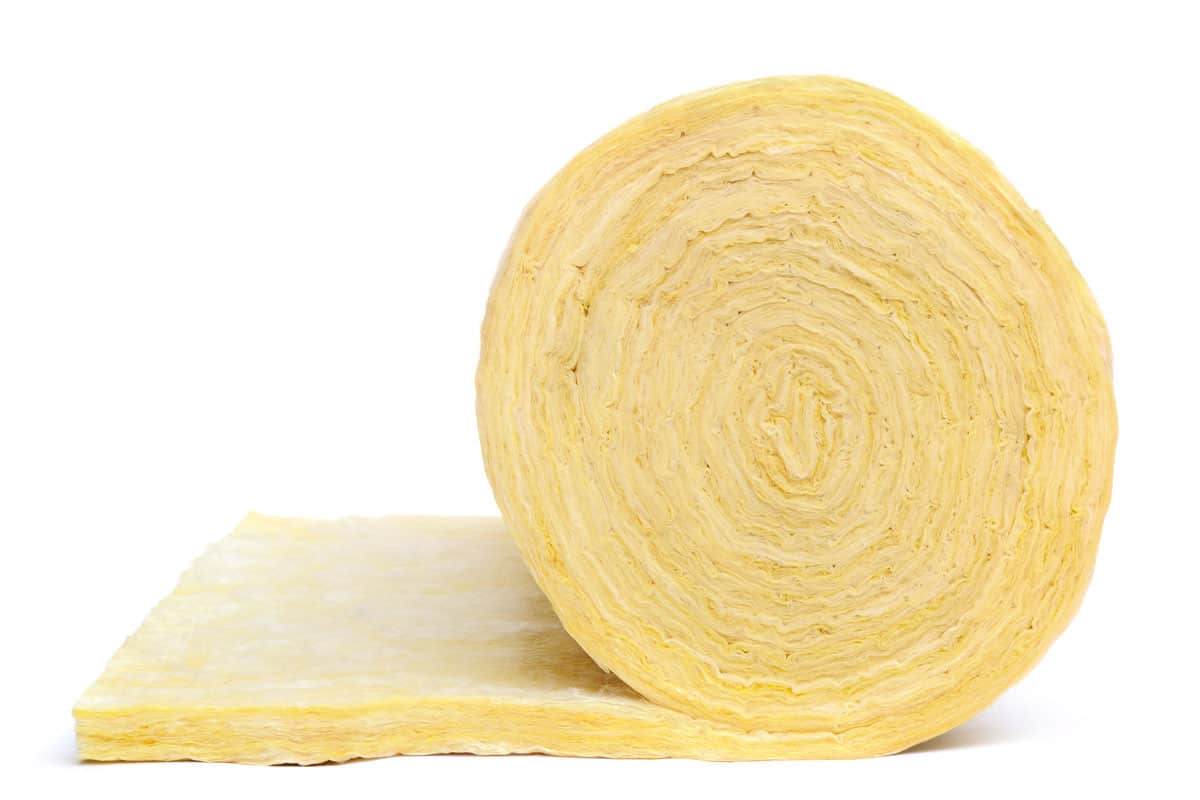
Fiberglass, often known as "glass fiber," is a strong, lightweight substance made of small glass fibers that can be woven into more rigid and strong layers than composites made of carbon fiber. Fiberglass is made up of silica and a small number of oxides of calcium, magnesium, and boron.
Pellet Stove Vent Pipe
The connectors and venting pipe for pellet stoves are for maintaining the safety and ventilation of your stove. The two walls of the vent pipe prevent the outside from becoming too hot. The inner pipe is composed of stainless steel to avoid high corrosion from salts in the flue gas. To prevent rust, the outside cover is made of galvanized steel.
Importance Of Insulating The Pellet Stove Pipe
Energy Cost
Homeowners throughout the US are paying more attention to how they use energy as a result of rising power costs and increased environmental concerns. Insulating your pipes can increase your home's thermal performance and cost savings.
Moisture Damage
Poorly insulated pipes permit water to condense, which leaves pipes prone to standing water that could freeze in a cold climate. This can save you lots of dollars in water damage to walls, ceilings, flooring, and furnishings.
Condensation can also speed up the deterioration of pipes, inflicting erosion, leaks, cracks, and gaps. By including a chunk of greater insulation, you can eliminate the ability for water damage from burst pipes and erosion.
Insulation Materials
To keep your pipe insulation dry, you can use these two insulation materials: fiberglass or wicking material. Fiberglass insulation acts as a barrier against moisture, keeping the pipes dry. On the other hand, wicking material is used to wrap the pipe to absorb moisture and carry it out of the insulating jacket, where it evaporates.
How Close Can A Pellet Stove Be To A Window?
A pellet stove cannot end four feet or less from the side of a window opening. This can be less than 18 inches if the stove draws its air from outside sources. With an outside air supply, the clearance above the window must be reduced by up to 12 inches or nine inches.
The outside air supply might lessen the possibility of vent gases entering the house through a window opening due to negative pressure. To avoid having exhaust gases from a pellet stove drawn back into your home, the stove must be placed close to a window.
How Far Above The Roof Peak For A Stove Pipe
Backdrafts, which are internal air currents that force hot heat and smoke back down the chimney and into the structure, can be produced by the air in chimneys. A tall chimney creates drafts because it can drag smoke and air higher. At the same time, small chimneys are vulnerable to persistent and whirling air currents.
In a 10-foot radius around the chimney, the stove pipe should be three feet above the roof or two feet above any other protruding portion of the roof.
Conclusion
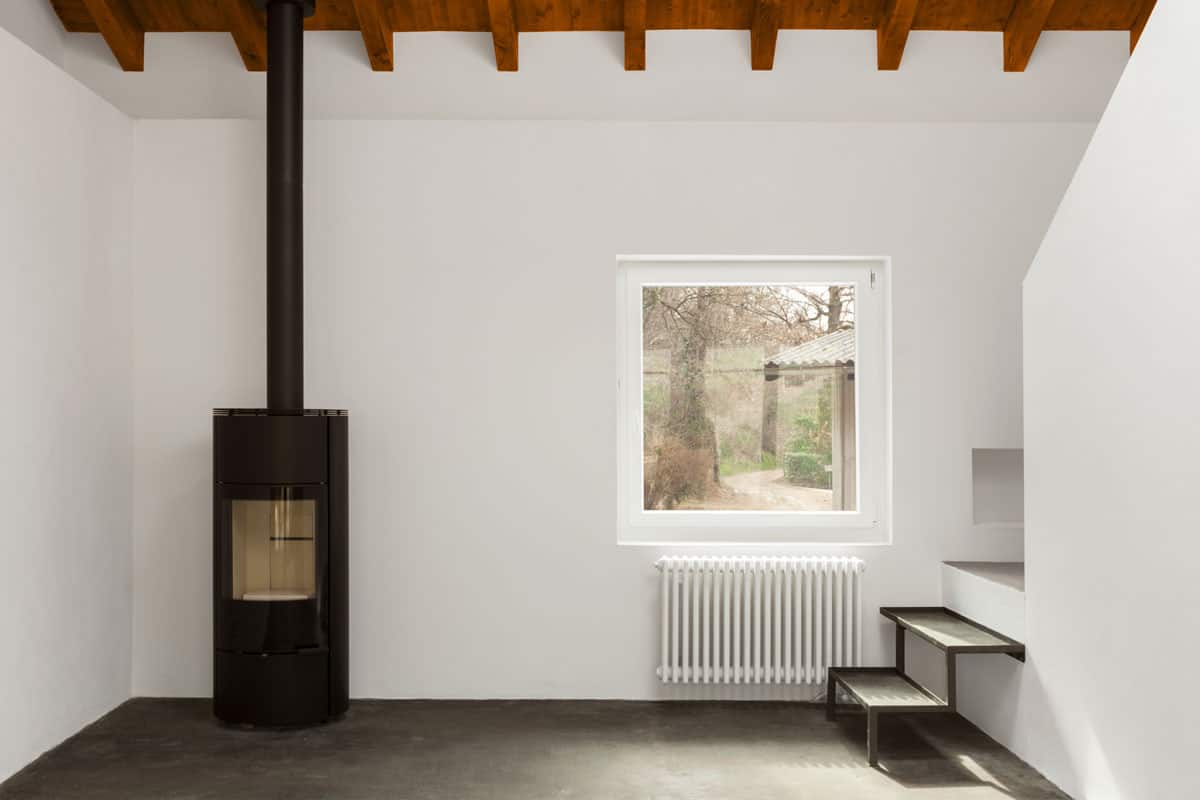
It is important to insulate your pipe to prevent fire, damage, and energy cost. And make sure to ask for help from a professional to install your pipe's insulation to avoid improper installation that could cause a fire. We hope this article has helped you through the process of insulating your pellet stove pipe.
You might also find these topics helpful:



